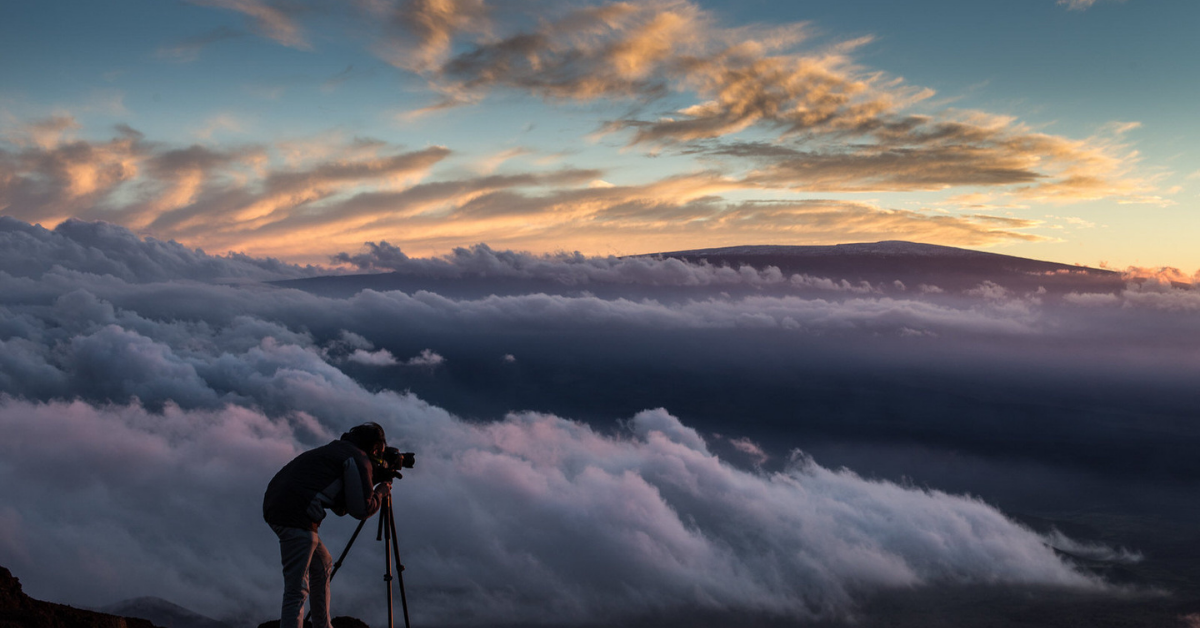Photographs taken using digital cameras are referred to as digital photography. Digital cameras do not have a film like standard cameras but use photosensitive sensors, which convert the intensity of the light into electrical impulses that are then stored in digital memory devices as RGB colour space or as raw data.
Imagine a world where photography is a time-consuming technique that requires years of study or apprenticeship to master. In a world where there were no iPhones or Instagram, and only one corporation ruled, When Steven Sasson, a young engineer, started working for Eastman Kodak in 1973, he entered this environment.
He pioneered digital photography and created the first digital camera two years later. Mr Sasson, 24 years old, invented the process that allows us to take photos with our phones, send images worldwide in seconds and share them with millions of people. The exact process completely disrupted the industry dominated by his Rochester employer and set off a decade of complaints by professional photographers fretting over the ruination of their profession.
Mr Sasson was assigned an insignificant duty shortly after starting at Kodak: to determine whether a charged coupled device (C.C.D.) that had been designed a few years prior had any practical application.
This will also be useful for students who are starting their own photography career and, in addition, they can check https://dissertationexpert.org/ where there are brilliant writers who can help them create a content for beautiful pictures made by students.
Mr Sasson explained, “Hardly anyone knew I was working on this because it wasn’t that big of a project.” “It wasn’t a closely guarded secret. I suppose it was just a project to keep me from getting into problems with something else.”
An online receipt generator is a software tool that allows users to quickly and easily create receipts for transactions that take place online. These receipts can be generated in a variety of formats, including PDF, HTML, and plain text. The information required to generate a receipt typically includes the date of the transaction, the amount of the purchase, the name of the vendor, and any other relevant details.
The marketing and business sides raised the most concerns. Kodak had a virtual monopoly on the photography business in the United States and profited from every stage of the photographic process. You’d probably use a Kodak Instamatic, Kodak film, and Kodak flashcubes to capture your child’s birthday party. You could either have it processed locally or mail it to Kodak and receive prints developed with Kodak chemistry on Kodak paper.
It was a great business plan.
When asked when digital photography might compete with film, Mr Sassoon cited Moore’s Law, which predicts how quickly digital technology improves. To compete against 110 negative colour films, he would need two million pixels, which he thought would take 15 to 20 years. After 18 years, Kodak released its first consumer cameras.
“They don’t get too enthused about it when you talk to a bunch of corporate men about 18 to 20 years in the future when none of those men will still be in the company,” he added. “However, they let me keep working on digital cameras, picture compression, and memory cards.”
In 1975 Steven Sasson of Eastman Kodak designed the self-contained digital camera. The camera weighed 8 pounds (3.6 kg) and had a resolution of 100 by 100 pixels (0.01 megapixels). This technique takes 23 seconds to record the image on a cassette. His camera only took black and white pictures. He envisioned a camera with no moving mechanical parts in the future when he started its development (although his device had moving parts, like the tape drive.
Steven J. Sasson, an American electrical engineer, and developer of the autonomous (portable) digital camera, was born on July 4, 1950. Sasson earned his bachelor’s and master’s degrees in electrical engineering from Rensselaer Polytechnic Institute in 1972 and 1973. He went to Brooklyn Technical High School and graduated with honours. Shortly after graduating from engineering school, he worked for Eastman Kodak.
Mr Sasson and a colleague, Robert Hills, developed the first contemporary digital single-lens reflex (S.L.R.) camera in 1989, which looks and operates similarly to today’s professional versions. It employed image compression and memory cards and had a 1.2-megapixel sensor.
However, Kodak’s marketing department was uninterested. Mr Sasson was told that they could sell the camera but wouldn’t since it would hurt their film sales.
In a ceremony on November 17, 2009, in the East Room of the White House, President Barack Obama presented Sasson with the National Medal of Technology and Innovation, the U.S. government’s highest honour for scientists, engineers, and inventors. The Honorary Fellowship of the Royal Photographic Society on September 6, 2012, “In recognition of an invention, research, publication or other contribution that led to an important advance in the scientific or technological development of photography or the broader image,” Photokina 2010 presented Leica Camera AG Sasson issued a limited edition of 18 megapixels. The Leica M9 Titanium camera. In 2011, Sasson inducted into the National Inventors Hall of Fame.
Digital Cameras Advantages and Disadvantages
Film cameras are older than digital cameras. They have their benefits, but they also have disadvantages.
Advantages are:
- Digital camera images can be inspected and stored for later use or destroyed if they are not sufficient. This saves storage space and allows for the creation of additional high-quality photos.
- Digital cameras have a larger storage capacity than film cameras.
- When an old roll of film is used up, film cameras require a new movie. However, memory cards can live as long as a digital camera that uses them.
- Images made with digital cameras can be used when they are made, while pictures made with film cameras have to develop.
- Digital photographs are significantly more straightforward to edit than traditional film photographs.
Disadvantages are:
- If too high ISO used, noise may appear as multicoloured speckles in digital images. Can fix this noise with editing software, but that can lower the quality of an image.
- As a result of aliasing, patterns might form on digital photographs.




